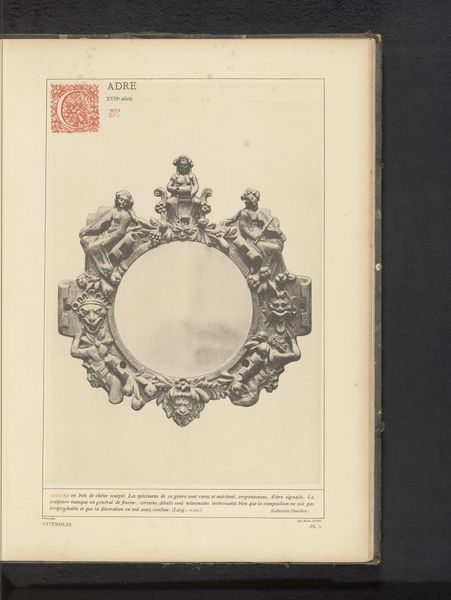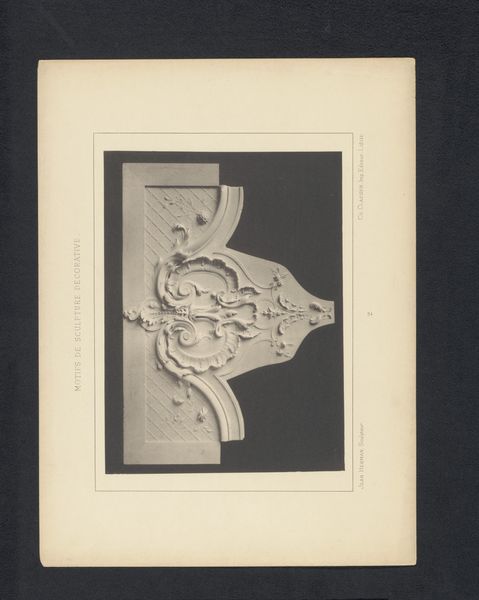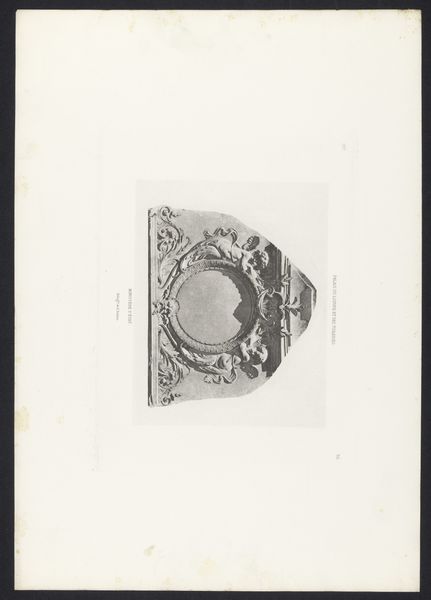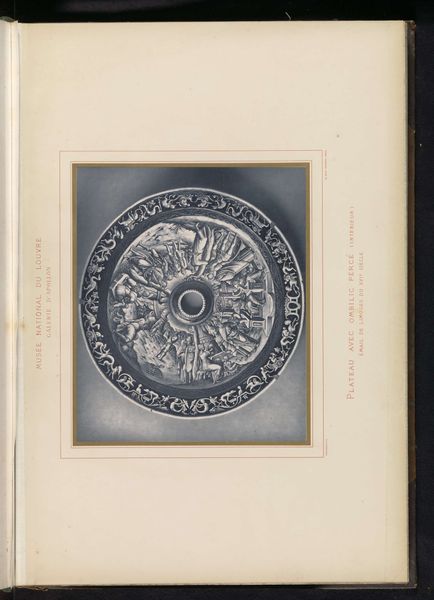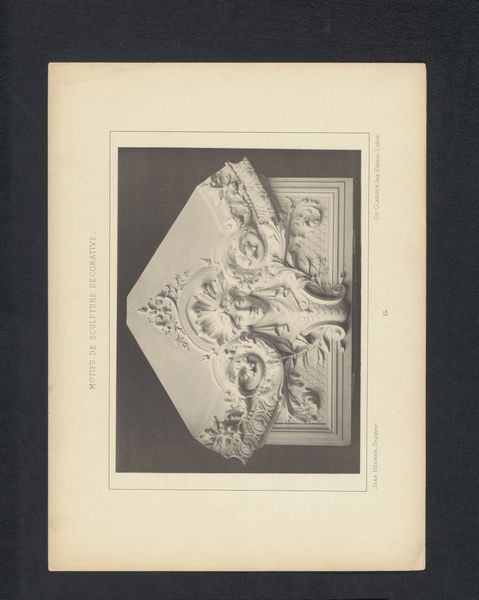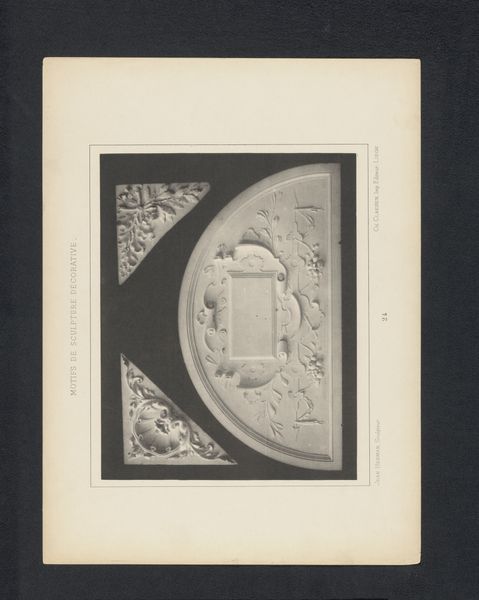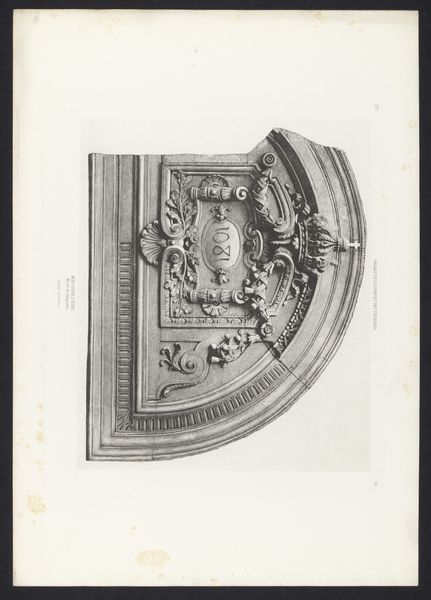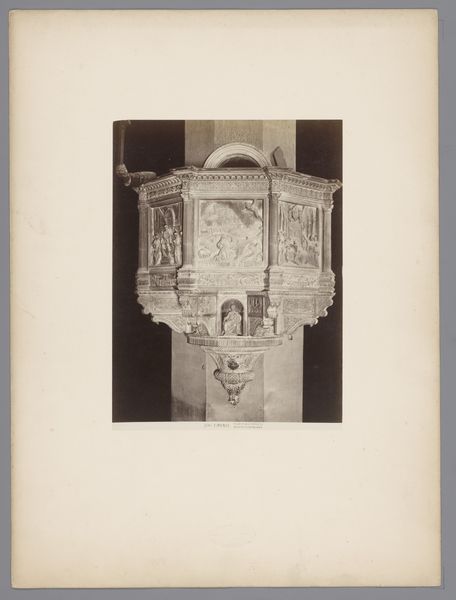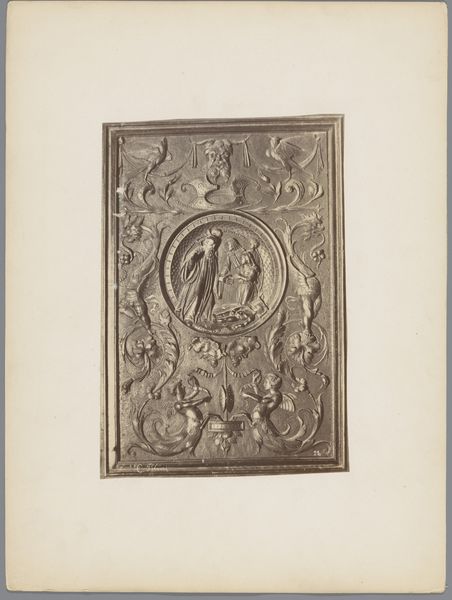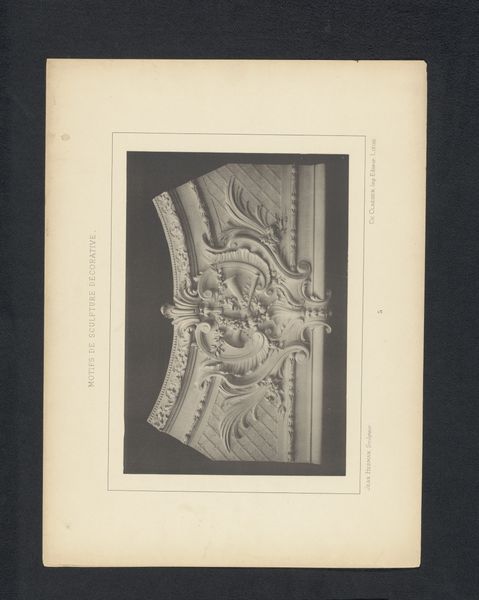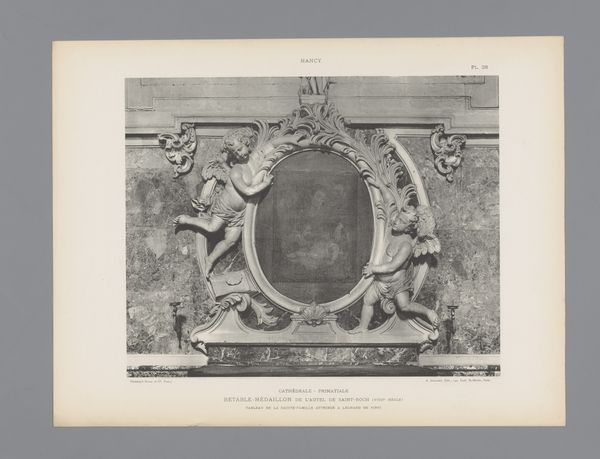
Reliëf van twee half ontblote vrouwen en een uil, gebeeldhouwd door Jean Herman before 1880
0:00
0:00
carving, relief, sculpture, marble
#
portrait
#
carving
#
relief
#
classical-realism
#
figuration
#
ancient-mediterranean
#
sculpture
#
carved
#
academic-art
#
marble
#
nude
#
statue
Dimensions: height 260 mm, width 206 mm
Copyright: Rijks Museum: Open Domain
Curator: Oh, this has a lovely symmetry. Gives off a neoclassical vibe but something's definitely off with the figures...kind of feels unfinished. Editor: Let's dive into this remarkable artwork. It’s a relief by Jean Herman, dating from before 1880, depicting two partially nude women flanking an owl. Created with such intricate carving, presumably in marble given the smoothness visible, its Classical-Realist aesthetic places it firmly within a tradition linking art to ancient archetypes and Academic art standards. Curator: The owl throws me. Are we talking Athena? Or maybe a symbol of something more sinister, knowledge perhaps? It does evoke feelings of wisdom—or secretive feminine knowledge. The female figures have these vacant stares…almost haunting. Editor: Indeed, the owl functions as an ancient symbol that resonates on many layers, embodying both wisdom and watchfulness. However, its connection to nocturnal secrecy brings additional implications regarding the hidden or forbidden. Looking back to mythological representations in antiquity, women’s semi-naked portrayal conveys societal values related to classical idealism and female representation as allegories of beauty, fertility, or virtue. Curator: Virtue? I don't know about that. To me there’s an element of power and mystery in the work, even something subtly unsettling about their placid beauty. Are they simply decorative motifs or something more complex layered beneath the surface? Editor: Herman has indeed presented us with layered cultural references. Notice the attention to detail regarding ornamentation and their poses echoing antique prototypes intended as more than mere decoration; these elements deliberately evoked learned interpretations among elite circles conversant with classical symbology as tools through understanding values central to intellectual and civic order during times when art possessed political intent through visual articulation. Curator: A visual articulation...Yes. Okay. I definitely see what you’re getting at—there's something strangely mesmerizing about this piece despite the initial stillness. I can definitely spend more time unpacking these artistic layers. Editor: I quite agree. This deep dive into symbols and their historical resonance does certainly alter how one considers our modern engagement toward bygone expressions and visual literacy traditions.
Comments
No comments
Be the first to comment and join the conversation on the ultimate creative platform.
